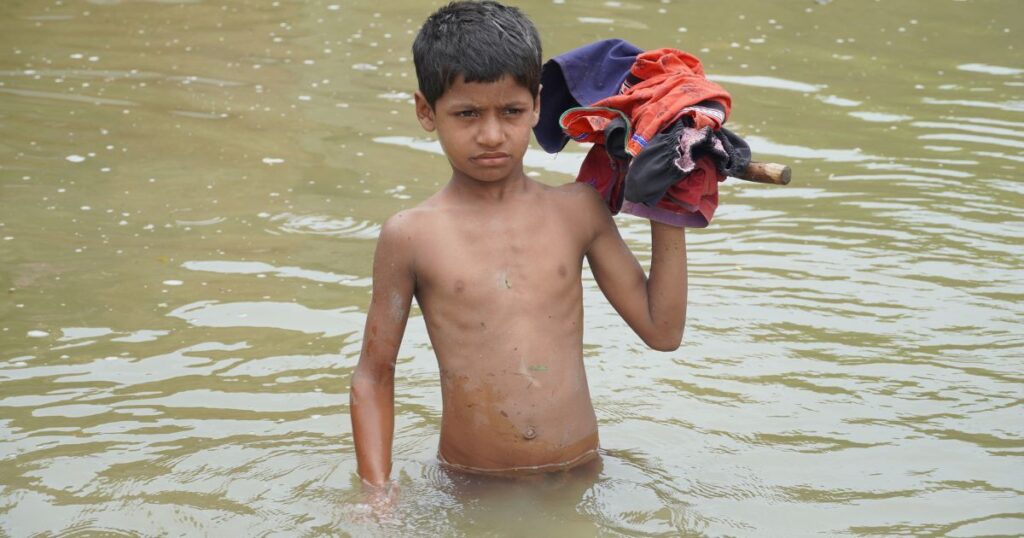Environment, Safety, Health
Dangerous Coastal Development. Population Growth in Flood-prone Areas.
Dangerous coastal development is exacerbated by rising ocean levels related to a warming planet. A disturbing trend in developing countries is the increase in population growth in areas prone to disastrous flooding. According to a United Nations study, the increasing frequency and intensity of storms poses a higher risk of property destruction and loss of human life.
Climate change is a game-changer when it comes to natural disasters. Rising sea levels and changing precipitation patterns are increasing flooding in many low-lying areas, putting more people at risk. It’s an issue with far-reaching consequences, and addressing it requires a concerted effort on a global scale. Certain measures need to be considered for populations to be prepared for floods.
The complex interplay between socioeconomic factors and environmental risks.
Since 1985, the number of the world’s settlements located in dangerous coastal development zones due to climate change has increased by 122%, compared to 80% for the safest areas that are in economically developed countries.
According to a World Bank study, authored by Stephane Halle Gatte, which used satellite data to track population expansion “people are on a search for better lives and jobs and get stuck in areas with bad land because that’s what they can afford”.
Is there enough global awareness and action to tackle dangerous coastal development and water-related disasters?
Developing countries are the most affected by floods and climate change compared to the first world countries. Parts of Europe and the United States settle more in safe areas and not flood-prone areas.

Developing nations have large populations settling in dangerous coastal developments. Many countries in East Asia have most of their population settling in regular flood zones and high flood zones relative to settling in the dry zones.
Libya, which recently suffered from devastating flooding, had an 83% increase in population settling in the worst flood-prone zones. Pakistan has also been prone to flooding which has increased by 89% over the past few years. China and Vietnam both saw their populations settling into flood-prone areas more than their dry land areas.
Urbanization and rural-to-urban migration play a crucial role in shaping settlement patterns
Nation growth means there is rural-to-urban migration. People leave rural areas seeking better employment opportunities. In urban areas, people settle near waterways once protected by forest and marshlands. The destruction of natural habitat increases flooding potential.
When increasing populations move to urban areas, the settlements expand into tracks of land that were historically avoided. People find it cheaper to settle in flood-prone areas as compared to moving to more expensive safe areas.
According to the World Population Review, Dar Es Salaam, Tanzania, is a city that could easily be a significant flood disaster. In 1950, the city was considered a fishing village of about 83,000 people. Today, more than seven million people occupy the area.
In comparison, the United States has seen a 76% increase in dry settlement areas. Conversely, developing countries have experienced a 46% increase in flood zone area development. Additional countries with a growing population in non-flood zone areas include Austria, France, Japan, Sweden, India, Finland, and Canada.
Urban planning and sustainable development practices. Mitigating dangerous coastal development.
For many developing countries, there’s an opportunity to learn from economically developed countries and avoid the same pitfalls. Investing in resilient infrastructure, implementing zoning regulations, and incorporating climate considerations into urban planning can make an enormous difference.
It’s not just about responding to disasters but proactively building communities that can withstand environmental challenges. It’s encouraging to see experts emphasizing the importance of foresight and strategic planning in addressing these issues.
EcoCentricNow LLC (ECN) offers LED lighting for Emergency Preparedness
ECN distributes LED flashlights, LED safety equipment, batteries, and associated supplies that support the health and safety of impacted populations during floods and other disasters.
We also distribute emergency lighting and a wide assortment of interior and exterior property lighting manufactured by Best Lighting Products. Long-lasting LED luminaires reduce energy consumption, improve worker productivity and safety, and reduce facility operational costs. Less energy consumption equals reduced greenhouse gas emission.
Contact EcoCentricNow LLC for details about our LED lighting merchandise.

